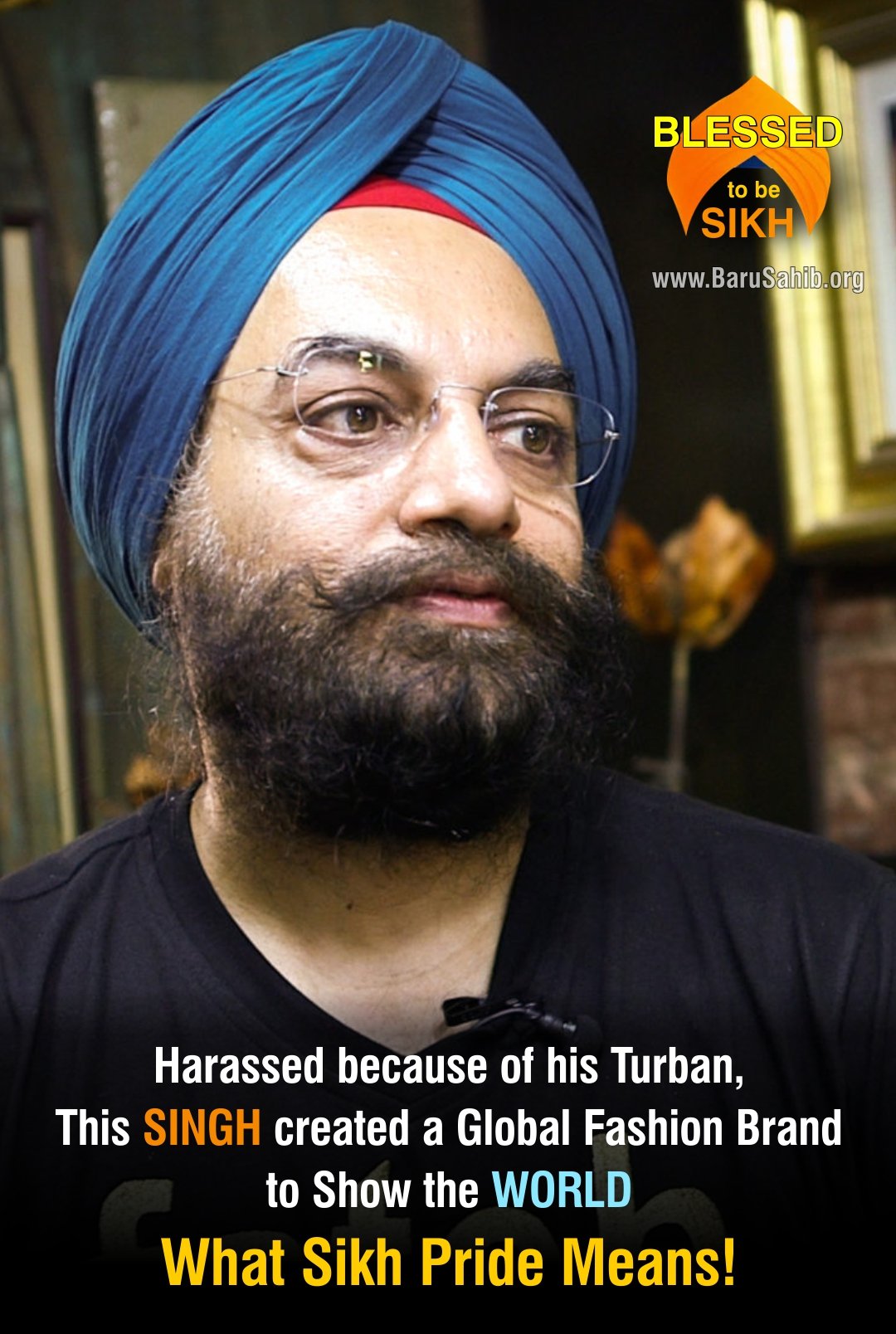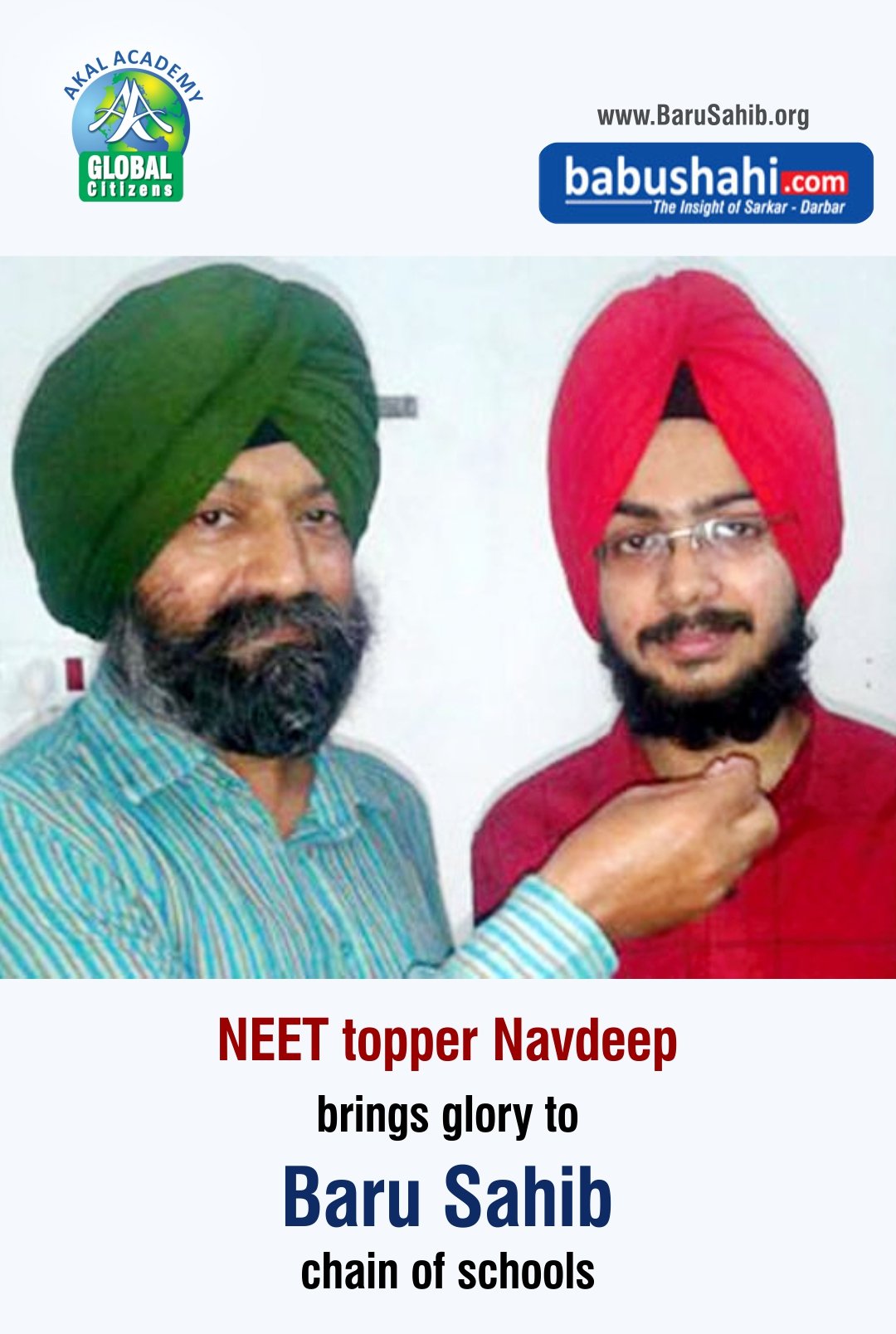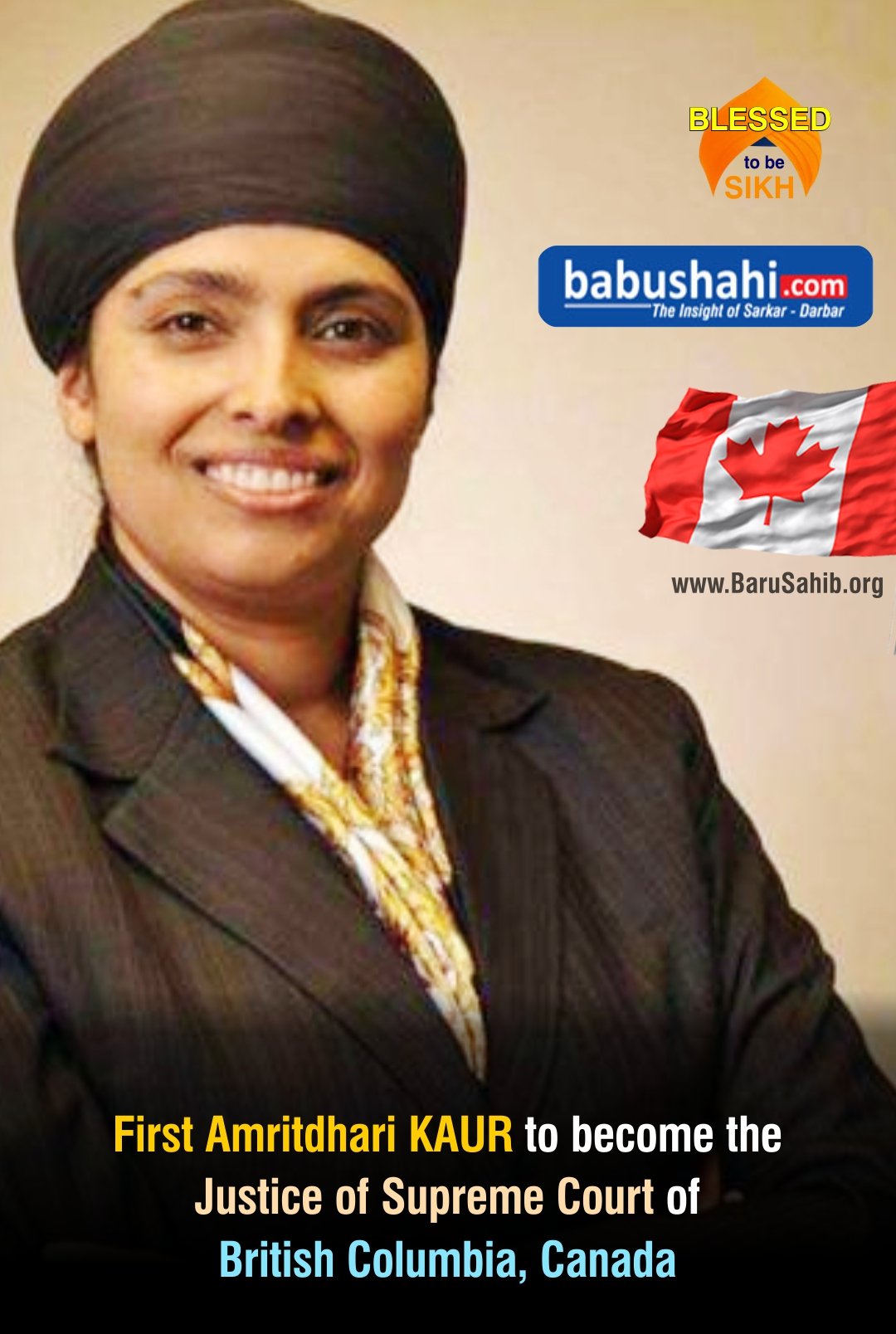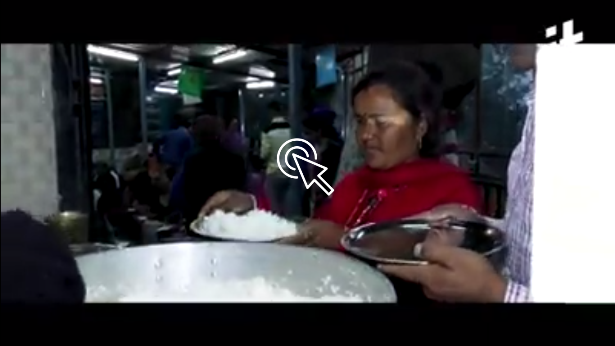Harassed because of his Turban, This SINGH created a Global Fashion Brand to Show the WORLD What Sikh Pride Means!
Harinder Singh will never forget his trip to Italy in 2002. Singh, then 33, and his wife, Kirandeep Kaur, 29, were eating ice cream as they explored the sights and sounds of Florence. The streets were crowded, a blur of people and textures and smells. At first glance, the couple blended in with the other […]
Harinder Singh will never forget his trip to Italy in 2002. Singh, then 33, and his wife, Kirandeep Kaur, 29, were eating ice cream as they explored the sights and sounds of Florence. The streets were crowded, a blur of people and textures and smells. At first glance, the couple blended in with the other tourists of the city: two people in love, eager to travel the world and appreciate a new culture. Then they heard the students’ jeers: “Bin Laden! Bin Laden!”
The group of around sixty school children were pointing at Singh, a white turban wrapped delicately around his head.
“Oh my God,” Singh said to his wife in shock. But instead of walking away, the couple approached the children. Singh told them that they were from India and practiced a religion called Sikhism.
“Me and my wife started talking about our first guru, the revolution, our faith, we touched on Punjabi music and they knew Punjabi music so we got a lead there,” Singh says with a laugh. “That very moment was an exam for us. We decided we should do something about our identity since there’s no awareness.”
Immediately after their visit, on the seven-and-a-half hour flight from Italy to India, Singh began the initial sketches for what he describes as the first Indian clothing brand dedicated solely to Sikhism and Punjabi culture. Fifteen years later, that concept – called 1469, in honor of the birth year of the first Sikh guru, Nanak Dev – has expanded into a million-dollar company with international reach. They have five stores in New Delhi and in Punjab, an Indian state bordering on Pakistan that is the heart of the Sikh community.
Almost 58 percent of the population of Punjab is made up of Sikhs, but in Delhi, Sikhs constitute less than four percent of the total population.
Standing in their 1469 shop in Delhi, the couple talk about the idea behind their business. “People in Delhi feel that if I speak Punjabi, I am backwards and not modern enough,” says Kaur, dressed in a light green sari, gold bracelets dangling off her arms. “To keep in touch with your roots, you need to know your mother tongue. I feel we are losing the pride.”
Scarves and saris in turquoise, pink and yellow hues line the walls of the shop, located in Delhi’s Janpath Market, one of the city’s best-known shopping areas. Tables are scattered with metallic jewelry and small sculptures, patterned bags and calligraphy accessories. Upstairs, the walls are filled with various t-shirts, many of which display Punjabi phrases, musical instruments and Sikh symbols.
Mayur Sharma, a frequent 1469 customer and host of the Indian travel show “Highway on My Plate,” says his favorite products are the t-shirts, especially the ones with the phrases “Pure Panjabi” and “Trust me I’m Pendu,” – the word pendu meaning “villager” in Punjabi. Sharma came across the company a decade ago and, since then, has pretty much only worn their t-shirts, even on his television show.
“I admire Harinder and Kirandeep’s passion for the arts, culture and history of our beautiful state,” he says. “You can feel the love in everything they put out.”
Punjabi culture is one of the oldest in India; the region has a rich legacy of poetry, music, food and art – in addition to being the birthplace of Sikhism. The Punjab was unified under the Sikh Empire in the nineteenth century, until the British annexed the region in 1849 after the Anglo-Sikh wars, administering the region as a province of its Indian empire until Partition in 1947, when the independent states of India and Pakistan were established. Punjab was divided, with Hindus and Sikhs fleeing to India while Muslims moved to Pakistan.
Kaur described the partition of 1947 as a shattering experience for the Punjab, creating social, religious and regional divides. She feels Punjabi art and culture took the biggest blow. Today, their brand aims to reinvigorate that rich culture.
Singh, dressed in a bright, turquoise turban and black v-neck with the word fateh – or “victory” in Hindi – emphasized 1469 is not a religious brand because he doesn’t believe in selling religion.
“Sikhism is a big part of it and we ourselves are Sikhs,” he says, “but, it’s a regional place because our artists are Muslim also, the music comes from Punjab, which is partly in Pakistan, and so are the handicrafts.”
Sharma says he is Punjabi, but not Sikh. He describes Singh’s passion for the culture as inspiring.
Singh’s clothing didn’t always center on Punjabi culture. He got his start in the world of fashion after graduating from the University of Delhi in 1988. He says he noticed that most t-shirts sold in India came from abroad – Thailand, Hong Kong, South Korea – and were of dubious quality.
“I took an oath to myself to make a nice t-shirt for my country,” Singh say
A year later, Singh started his own clothing company, Uni Style Image. He claims it is one of the first t-shirt companies in India’s history, and over the years partnered with major clothing labels across the world. In 2002, after over a decade with the company, grueling hours and time spent away from his wife and three children, Singh decided to leave to pursue other endeavors.
At the time, he had no idea he would eventually return to the fashion world as a pioneer of a wholly new concept centered on Sikhism and Punjab. But Singh also asserts he wouldn’t have it any other way. He describes being born into a Sikh family as a blessing.
“Our religion is so beautiful, so transparent, so clear,” he says. “It’s musical, it’s simple, it’s modern and it’s very lightweight.”
Singh observes that while 60 percent of their merchandise is sold to Sikhs and those within the diaspora Punjabi community, around 40 percent of customers practice other faiths. The brand is especially popular in Japan, where many customers buy the t-shirts online and in bulk, according to Kaur.
Source- http://narrative.ly/










